Communicating Student LearningCommunicating student learning is important. Many teachers still use a parent/teacher format, but I have found that the student-led model is far more effective. I am retired now, but this is the model I used for over 20 years and the feedback was always positive and very helpful. I never experienced a time when it wasn't effective or well-received by both parents and students. Conducting student-led conferences requires management that allows for sharing, communicating, and reflecting. In my classroom, there were up to 3 families at a time. They all had an agenda to follow and several different things to do. One of those things was to meet with the teacher. There was also flexibility to come and go if the family had multiple children and conferences to participate in. Why Student Led Conferences WorkStudent-led conferences work because they include the child in the process. They empower children to be the leaders in sharing their learning. When they are done well, there are opportunities to share what has been learned, work together on activities with parents that relate to what they are studying, look at evaluations from both the child and the teacher, and discuss concerns and goals for future learning. Student-led conferences are a blend of sharing, reflecting, and setting goals for future learning. It is important to prepare the children for these conferences. Role playing and practicing helps them to understand what to expect and sets them up for success. Scheduling enough time in the conferences is also important. Children need time to share their successes, participate in activities with their parents, and discuss their learning with the teacher and their parents. The materials and activities that you use for your conferences should reflect what is happening in your classroom. I have created a package with some materials that have worked well for me. They can be used as a sample that can be adapted for your conferences. For more specifics and to see what is included in this package, check out this post.
0 Comments
Teaching children about money is different now than it was a few years ago. We live in a plastic world and children rarely handle actual cash. This makes paying for things and dealing with change a challenge.They still need to understand how to use money, but they need to be taught in a different way for this to make sense to them. Here is a unit that my class created with me that is called "Money Lessons For Children". Just before I retired, I created a unit on money with my students. It started out simply, but very quickly became the focus of our math classes. Because my students were directly involved in creating the unit and working through the different aspects of it, they were able to apply what they learned to future activities. The older students in the school had been learning about becoming Young Entrepreneurs earlier in the year. When I saw what they were doing, I decided to modify this to work with my grade 3 students. They were very excited about this and they worked hard to create materials for a Spring fundraiser. Before they were able to start working on the projects, they needed to learn about money and how to work with it. We talked about debit cards and money in the bank. Most of them didn't realize that there needed to be money in the bank in order to take money out or use the debit card to pay for things. They thought that people could just use the card whenever they wanted to buy something. They were given a "debit" card and they were assigned a starting amount of money. They were then taught how to spend money and keep track of the balance. They were shown ways to earn money to add to the card in order to continue buying things. The challenge was to come up with ideas of ways to earn money as children. We brainstormed different jobs/chores that could be done and decided on how much money might be earned for each job. Then we used the classroom money and practiced earning and spending money to see how it worked. These are only some of the activities we did as we developed this unit. It was definitely one of the most valuable units that I have used and it had a great finale as it helped us to earn money for a special field trip. Here is a sampling of the unit that we created together. If you check out the DIY category on my blog, you will find the directions for making many of the items we used for our Spring Fundraiser. Related Posts
|
About Me Charlene Sequeira
I am a wife, mother of 4, grandmother of 9, and a retired primary and music teacher. I love working with kids and continue to volunteer at school and teach ukulele. Categories
All
|



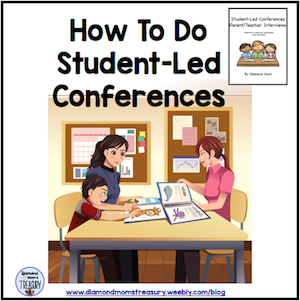
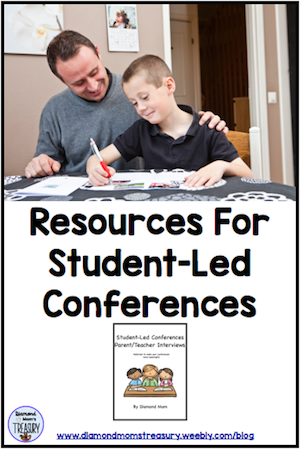
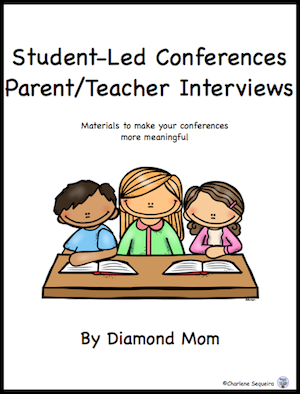



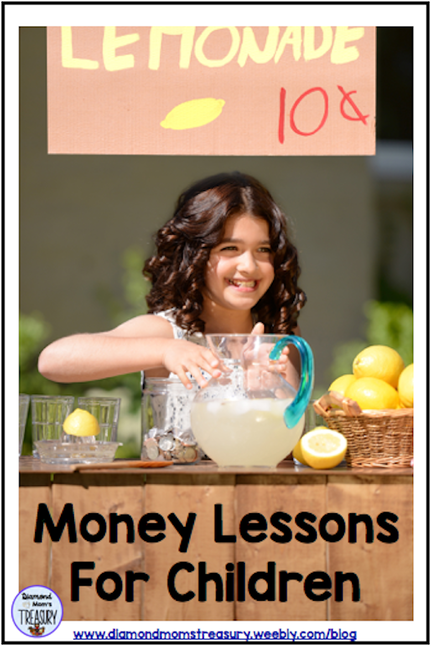



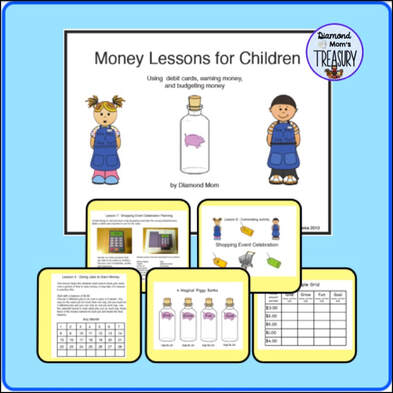











 RSS Feed
RSS Feed